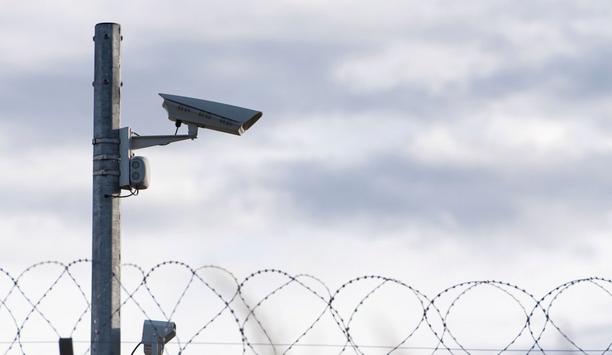 |
| DRS develops and integrates technology to inspect people crossing borders using fixed and mobile cameras |
DRS is a world leader in sensor, network computing, and Command, Control and Communications technology, the central elements of detection, tracking, identification and classification systems for border security. The company has extensive experience designing, developing and operating state-of-the-art border security systems along two of the most dynamic frontiers of the Middle East region. It has designed, integrated, installed and helps operate systems in Egypt and Jordan, including sections around the world where major refugee crises are currently underway.
“DRS is very proud of our contributions to border security in some of the most demanding and cluttered environments in the world,” said Richard Danforth, President of DRS Integrated Defense Systems and Services. “Customers know that the high technology behind systems to support border security is complex and they need assurances that what a company proposes they can actually deliver. DRS brings proven, fielded technology in every aspect of border security that is immediately available today.”
DRS has more than 20 years of proven operational experience, much of it in the most difficult and cluttered border environments in the world. It develops and integrates technology to detect and track human beings on foot or in vehicles, allowing operators to visually inspect people crossing borders using fixed and mobile cameras that connect the images to leadership through a secure network.
DRS is an established leader in sensor and network computing technology for customers ranging from the U.S. Army and Special Forces to critical infrastructure protection systems at airports and rail yards. It is a widely respected and broadly used developer and manufacturer of electro-optic, infrared and radar systems, with a unique capability to integrate the sensors into state-of-the-art command and control networks. DRS maintains an open architecture built on open standards to facilitate flexible technology insertion.
“The CBP can trust that the common operating picture they will receive using DRS technology will provide situational awareness at all levels of the organisation and is based on proven capabilities designed by our engineers and later tested and extensively improved in harsh, real-world environments,” said James Hynes, Executive Director of DHS and Force Protection Programs for DRS.
DRS was awarded the program in Jordan in 2008, its systems went active in 2009 and have been providing round-the-clock operations ever since. In 2011, the company was awarded a follow-on contract to expand the area of coverage in Jordan.
The CBP IFT program requires an integrated set of more than 50 fixed towers with sensor systems to provide situational analysis for six Command and Control centres initially deployed along the Arizona border.
Danforth said that DRS looks forward to the critical operational test of its IFT technology to be conducted in conjunction with the University of Arizona in Tucson as part of the competitive evaluation. The university was selected as a DRS partner because of its own capabilities and the proximity to the actual operational environment where a number of the towers will be constructed and operated, according to DRS


















